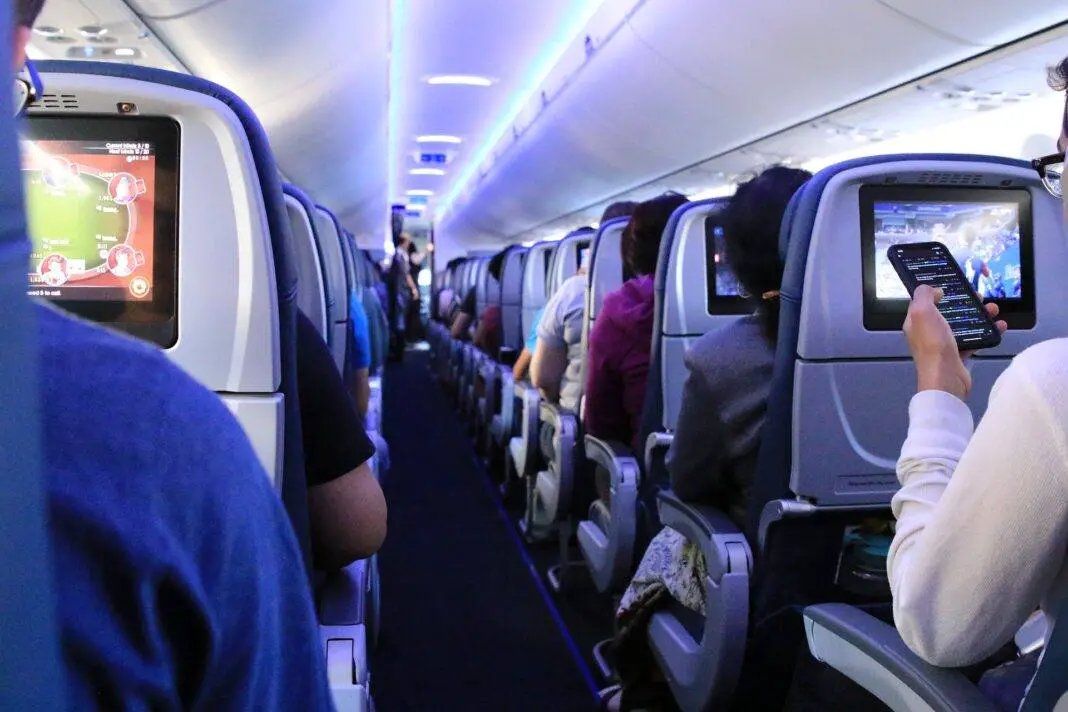A study released by Harvard University a week ago claimed the specialized onboard Aircraft ventilation systems in the airplane filter our 99% of airborne viruses.
The aviation industry across the globe is starting to gain some momentum after a long break following the Coronavirus pandemic. Airlines are conducting flights with various offers this season keeping safety and precaution at the optimum level. Passengers are slowly building confidence in air travel as the transmission rate of the COVID-19 virus inside the aircraft is found to be minimal.
The latest scientific study, research, and evidence have claimed the ventilation system inside the aircraft prevents transmission of airborne viruses.
A study released by Harvard University a week ago claimed the specialized onboard ventilation systems in the airplane filter our 99% of airborne viruses. The study funded by airlines, aircraft manufacturers, and airports used advanced computer models to review airflow in aircraft cabins.
Researchers said the air recirculated back into the aircraft cabin after being ventilated goes through high-quality filters due to which the airborne viruses get filtered out. The added virus droplets transmission from one passenger to another are minimal because of a downward direction of airflow.
The report says, “This ventilation effectively counters the proximity travelers are subject to during flights.” The study also stated the gate-to-gate layered ventilation approach reduces the risk of SARS-CoV-2 transmission inside the aircraft.
The researchers have said the passengers must not rely on ventilation systems only but always wear masks, sanitize hands, and go-through self-screening for Covid-19 symptoms.
The US Department of Defense has already conducted research stating the ventilation systems on airplanes filter the air efficiently and remove particles that play a vital role in transmitting viruses. This report suggests that people don’t need to hesitate while traveling by air.

The Defense Advanced Research Project Agency (DARPA) conducted research with Boeing 777-200 and 767-300 with various sensors to replicate the fully-loaded passenger flight. A dummy wearing a surgical mask was used for simulating a coughing passenger infected with a virus and the fluorescent aerosol tracers were deployed to track the movement of particles emitted while coughing. The particles were sucked quickly by the ventilation system.
Other researchers across the globe are studying vastly to prove the worthiness of the aircraft ventilation system. Irish researchers said the transmission of the virus inside the aircraft may be minimal, however, the long-haul and transit flights may pose a higher risk of transmitting viruses as passengers have to spend multi-hour layovers in airport lounges.
ALSO READ:





